Chances are, if you like to do retail arbitrage as a sourcing strategy for your Amazon FBA business, you love a good clearance sale. There’s nothing like finding items marked down 50% or more on a retail shelf that you can then sell for an awesome ROI (return on investment) via Amazon FBA.
But if you’re not careful with sourcing clearance items, you might run into a common problem from FBA sellers…you send your amazing new inventory into the FBA warehouse, only to find out that the prices are slowly, slowly, slowly tanking, until suddenly your ROI isn’t so awesome anymore.
Ugh. It’s an awful feeling when that happens. So why does it happen – and more importantly, how can you avoid it?
The Law of Supply and Demand
 The reason prices of clearance items “tank” on Amazon comes down to one simple law of economics: the law of supply and demand.
The reason prices of clearance items “tank” on Amazon comes down to one simple law of economics: the law of supply and demand.
When supply and demand for an item changes up or down, it affects the price of that item.
In our situation, the “supply” of the item on Amazon FBA is coming from a clearance sale at a retail store. If you’re sourcing a clearance item from a national retail chain, there’s a good chance lots of other Amazon sellers will also source that same clearance item all across the country. So when you and all the other FBA sellers send in that item to Amazon, suddenly there’s a large supply of the item available on the Amazon website.
Now, if the demand for that item remains high and it’s selling fast enough on Amazon, the price of the item should hold even though there’s now a higher supply. But if the demand for the item doesn’t meet the supply, the price will begin to drop until it reaches equilibrium.
It’s tempting to get angry at other sellers for “tanking” the price of an item – but in reality, it’s not the fault of those sellers that the price is lowering. It’s just the law of supply and demand at work.
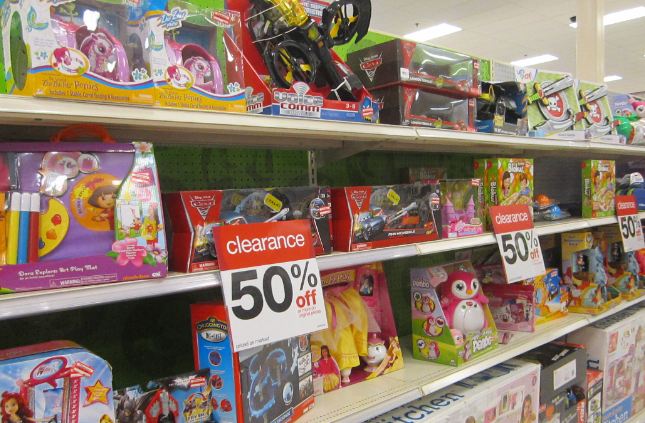 Two Strategies for Success with Clearance Items
Two Strategies for Success with Clearance Items
So if the law of supply and demand is always going to be at work in the prices on Amazon, what can you do to make sure you’re successful at getting a good ROI for your inventory that you source from clearance sales? There are a couple of strategies I suggest:
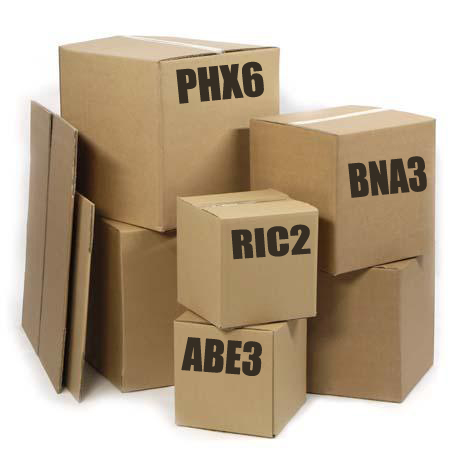 1. Get your inventory to the FBA warehouse ASAP.
1. Get your inventory to the FBA warehouse ASAP.
The faster your inventory arrives at the Amazon FBA warehouse and goes live for sale, the more confident you can be that the price won’t drop to a level where you aren’t getting the ROI you hope for. If you know you can get the inventory to FBA super fast and the sales rank is good enough, you still have a good chance of selling your items at the high price you are hoping for. The longer you wait to send it in, the more chance there is for other sellers to add to the supply on Amazon, potentially causing the price to fall.
 2. Be patient and wait for recovery.
2. Be patient and wait for recovery.
On the other hand, you could decide to wait the situation out. If you see that the supply of your clearance item is increasing on Amazon, you could choose to hold on to the inventory and not attempt to sell it at the lower price. You could be patient and wait for that supply to run out, so that you can add to the low supply and charge a higher price to meet the current demand. This process could be slow, so you may need to be patient while the price recovers. The best time of year to sell these clearance items at a higher price is during Q4. Items will be selling faster during Q4, and the supply is more likely to decrease quicker during that time period.
Don’t Depend on Clearance Sales
The biggest takeaway I want to leave you with is that your FBA business shouldn’t depend solely on retail clearance sales, if you want to have more stable prices for your inventory. The ROI and profits can be great from clearance sales, but only if you aren’t losing out on those profits because of a huge influx of supply from other Amazon sellers.
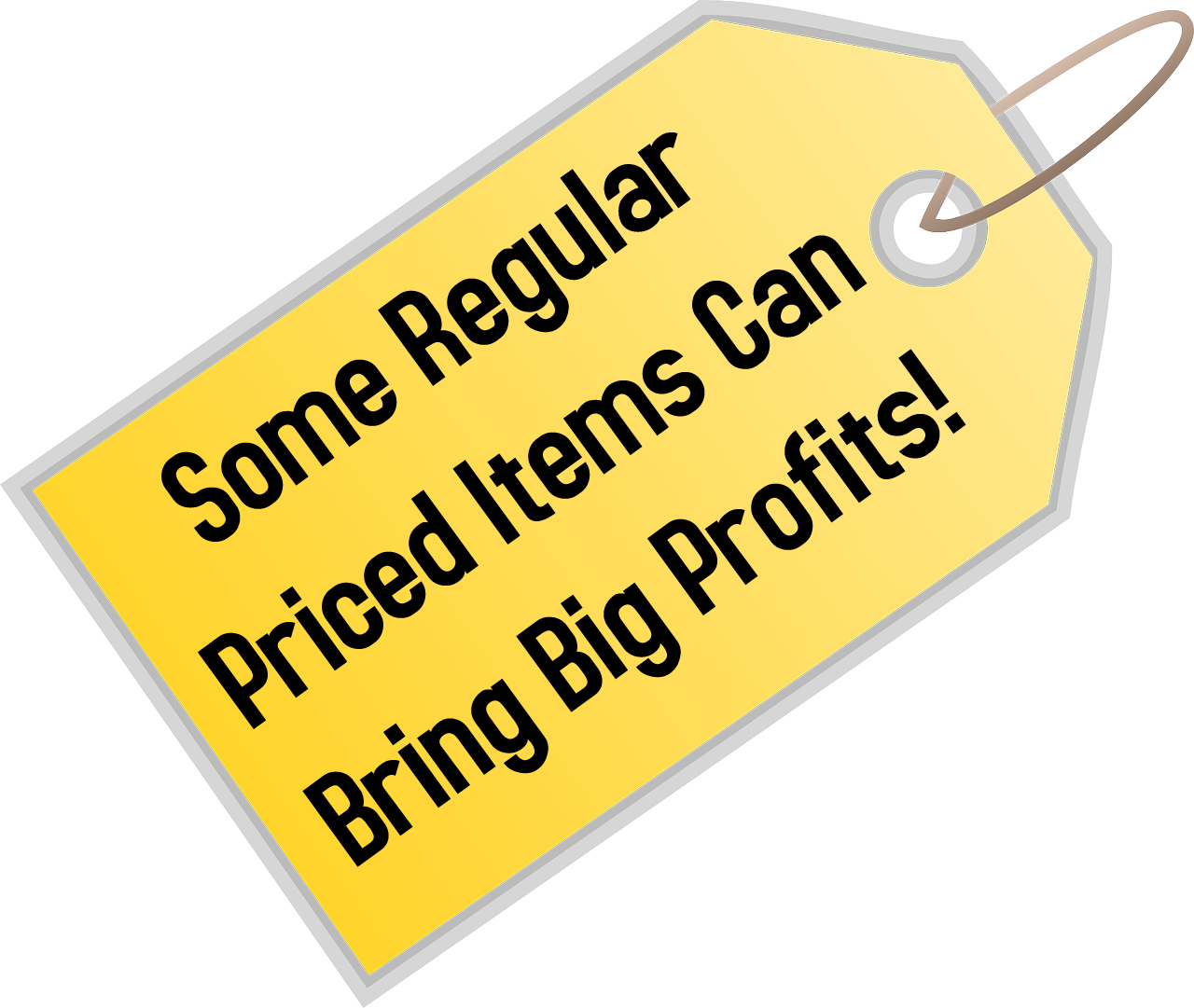 Over the long term, competing with other sellers on clearance items can be exhausting and expensive, if that’s the only sourcing method you are using. I recommend finding items you can buy at a regular, stable price and know that their prices will stay steady on Amazon because other sellers aren’t flooding the market.
Over the long term, competing with other sellers on clearance items can be exhausting and expensive, if that’s the only sourcing method you are using. I recommend finding items you can buy at a regular, stable price and know that their prices will stay steady on Amazon because other sellers aren’t flooding the market.
You can find those regular-priced items via retail arbitrage, online arbitrage, or wholesale sources – it might take a little more time to find them than the clearance items, but it’s worth it to skip over the low-hanging fruit that other sellers are going for and instead look for quality inventory in other sections of the store. It will take more time and more digging around (either in person or online), but if you do the hard work, it will pay off. And YOU can do the hard work, unlike your competition who is just out to look for a quick buck. Your hard work will lead to long-term success, while your competition’s shortcuts will lead to burnout, disappointment, and lost profits.
Make Sure You’re Using Data History in Your Decisions
One last word about how to make sure you’re buying quality inventory compared to your competition…
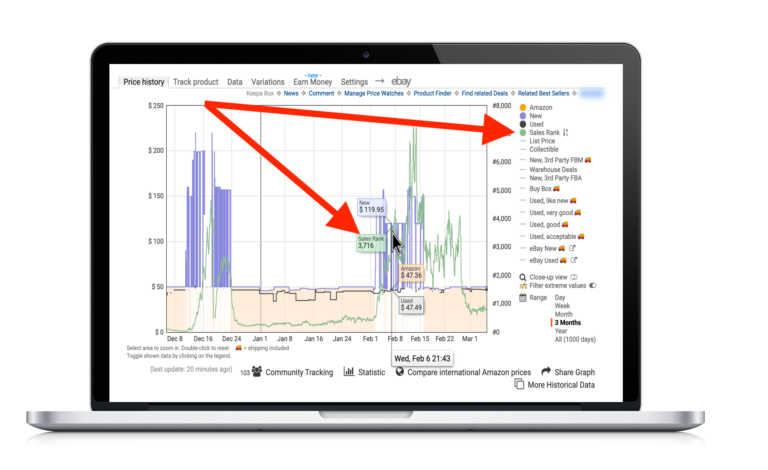 You always, always, always want to make sure you’re looking at the sales rank history and pricing history before you buy an item to resell on Amazon. If you only look at the current data, you might buy an item that is currently priced high, only to find out later that the high price isn’t where it normally sells. If you look at the sales rank and pricing history, you can see whether a price holds over time, whether it’s artificially high, whether it fluctuates with the seasons, etc.
You always, always, always want to make sure you’re looking at the sales rank history and pricing history before you buy an item to resell on Amazon. If you only look at the current data, you might buy an item that is currently priced high, only to find out later that the high price isn’t where it normally sells. If you look at the sales rank and pricing history, you can see whether a price holds over time, whether it’s artificially high, whether it fluctuates with the seasons, etc.
The best place to find data history for items on Amazon is a price tracker called Keepa. With Keepa you can see sales rank and pricing data history for almost every item on Amazon. If you’re going to be successful at an Amazon FBA business, you absolutely must use Keepa data to make your purchasing decisions.
 Check out our free tutorial on how to read Keepa graphs for more information on this awesome tool for your FBA business.
Check out our free tutorial on how to read Keepa graphs for more information on this awesome tool for your FBA business.
Now, we’d love to hear from you. Have you experienced similar frustrating results with trying to sell some of your clearance items on Amazon? Have you tried looking for wholesale priced items, regular priced retail arbitrage, or regular priced online arbitrage items to resell instead? It can be a real game-changer for your Amazon business.
![]()
Did you know that Keepa is one of my top 3 tools I must use when running my Amazon business? It’s 100% vital to my success! Keepa is a tool (with both a free and a paid plan) that can dramatically lower the risk of sourcing inventory items that end up tanking in price. I’m sure you know how it feels to buy an item expecting it to sell for a high price only to see the price tank soon after you send it to Amazon. With using Keepa the right way, you can protect yourself from that happening!
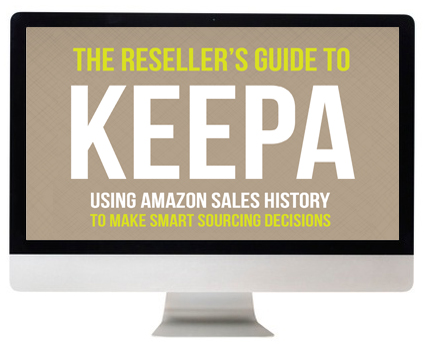 Basically, Keepa tracks the vital data on almost every item on Amazon. It can quickly show me the sales rank history, pricing history, buy box price history, used item history, Amazon in stock history, competitors’ stock levels, and so much more. With Keepa, I can easily look at the data from the past and better know what to expect in the future when it comes to price and sales velocity.
Basically, Keepa tracks the vital data on almost every item on Amazon. It can quickly show me the sales rank history, pricing history, buy box price history, used item history, Amazon in stock history, competitors’ stock levels, and so much more. With Keepa, I can easily look at the data from the past and better know what to expect in the future when it comes to price and sales velocity.
To find out everything there is to know about using Keepa to make smart sourcing decisions, be sure to check out our course, The Reseller’s Guide to Keepa: Using Amazon Sales History to Make Smart Sourcing Decisions.
With this course, you’ll make more confident sourcing decisions, better pricing decisions, and you’ll grow your Amazon business to the next level by selling your inventory faster and at higher prices!
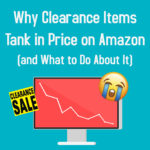
Thanks for the solid advice. Economics rules